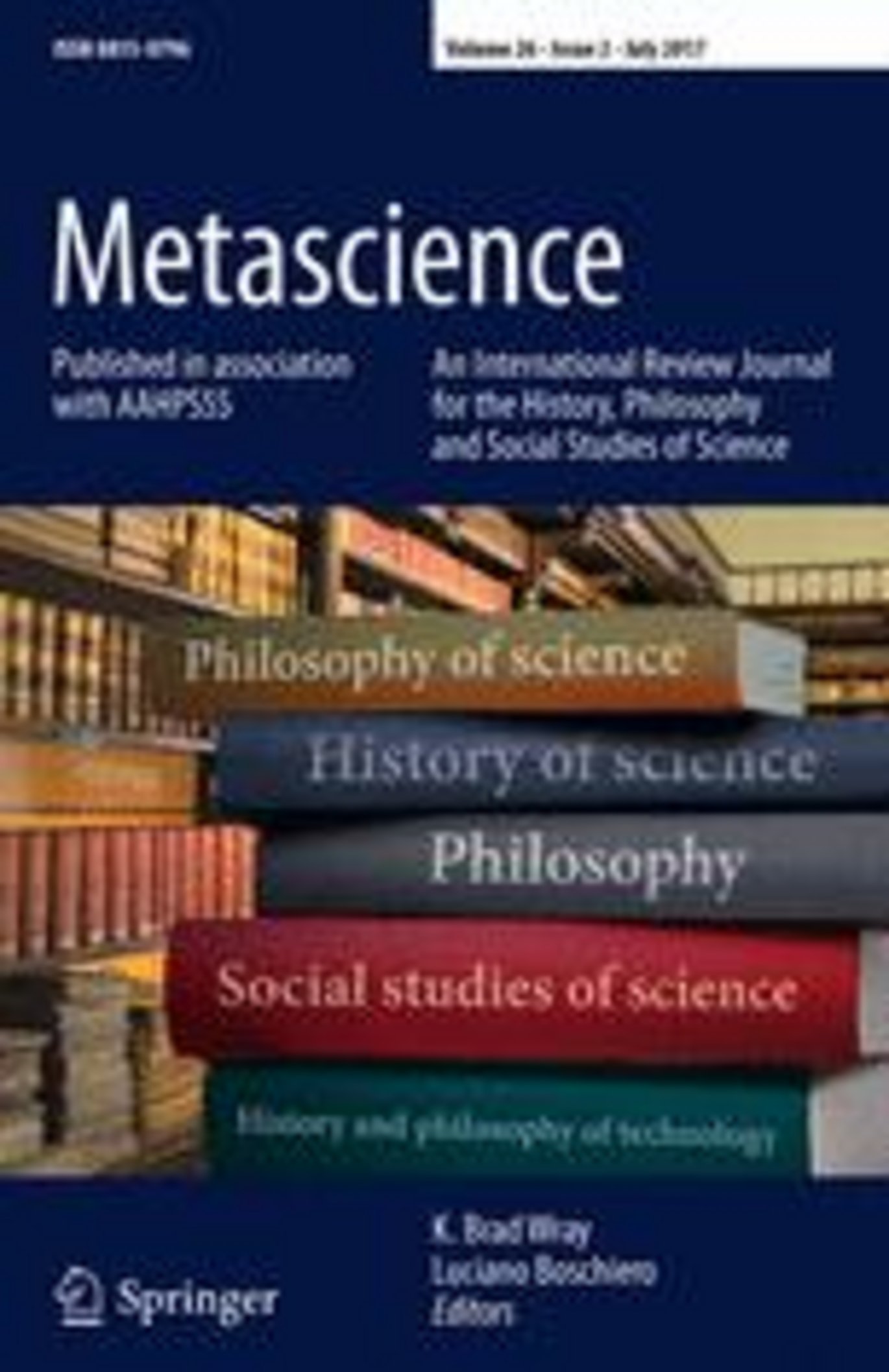New book review by Jessica Carter: "The emergence of a quantitative worldview and why everyone should care about mathematics"
Metascience, vol. 31 (2022): 235-237

Abstract
Steven Osterlind tells a story about how “quantification” has changed the way we see, and act in the world, focussing on the history of probability theory and statistics. The main period considered runs from around 1790 until 1920. In an easy-to-read style, Osterlind tells us about the major developments of probability theory and statistics as well as the general historical events that paved the way for these discoveries, first in Europe and later in North America. Events include the French Revolution, the American Civil War and the Industrial Revolution. “Quantification” is used as a noun to characterise what is referred to as quantitative thinking and its accompanying worldview. By quantitative thinking, Osterlind means “our inclination to view natural and everyday phenomena through a lens of measurable events: from anticipating the day’s weather, to feeling confident that medications will do their job, to sleeping soundly about investments, to being calm when boarding a plane, as well as thousands of routine and not-so-ordinary happenings in our lives” (1).
